Post Update 2/4/2023, First Published: Apr 15, 2020.
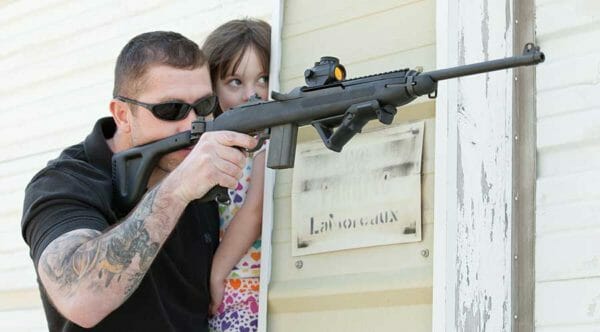
U.S.A. -(AmmoLand.com)- Reflective optics for artillery have been around since before World War One. With the massive rounds of the Great War, it makes sense – who would want to put their eye next to a scope ocular on a rifle with enough recoil to give shooters a black eye?
At first, these ambient light and half-mirror, “powered” reflex sights were confined to artillery and aircraft. They were simply too bulky and too daylight-dependent for small arms use. After World War Two, reflective optics were offered for sporting guns but were not considered suitable for individual military weapons.

The first “red dot” in relatively wide military use was actually an Armson OEG (occluded eye gunsight), a fiber optic presenting a bright dot to the dominant eye but occluding the target from it. The occlusion guaranteed a high-contrast aiming point, while the non-dominant eye would see the target, and the brain would superimpose the two for a sight picture. Although useful for short-range aiming and quick in use, OEG sights did not gain overwhelming popularity.
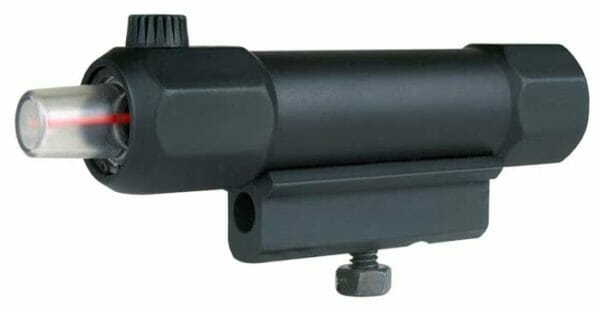
Around the end of the 20th century, the battery-operated Aimpoint red dot sight went mainstream with the US military as the M68 Close Combat Optic. Unlike a reflector sight that used a flat half-mirror and a lens-collimated optical source outside the line of sight, the M68 uses a curved semi-reflective mirror to direct the reticle toward the shooter’s eye. The use of a single-wavelength LED permits a long battery life and also allows the passing of all other wavelengths of light through the half-mirror.
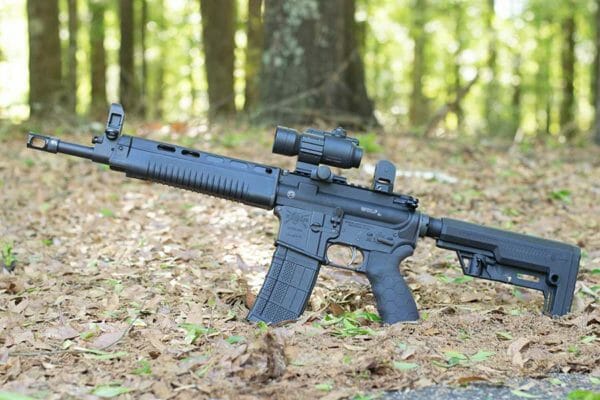
Advantages: efficient use of battery power, rapid target acquisition, lightweight, unlimited eye relief. The arbitrary eye placement distance is greatly helpful with using red dots on handguns. These sights are tolerant of off-center eye placement too, but they are not parallax-free. The amount of point of impact shift can be negligible and can be as much as 10 MOA, depending on the sight and the distance. Usually, the shift angle is greater up close, translating into a less actual point of impact offset: good enough for defensive work. Open emitter sights are lighter and offer wider fields of view, while tube sights better protect the emitter lens from dust and water droplets which would distort or attenuate the LED forming the reticle. Originally, red dots were limited to very simple reticles, but more sophisticated rangefinding reticles have recently become available at some cost in battery life.
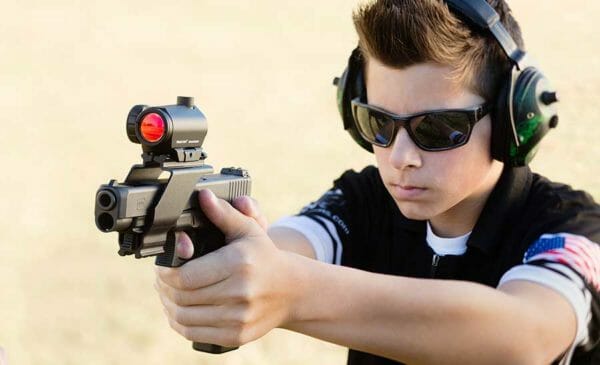
Today, the battery life in the tens of thousands of hours is typical for red dots, so that’s not a serious issue. The main disadvantage: the curved half-mirror causes reticle distortion for shooters with astigmatism. Most people have some astigmatism in their eyesight: the eye doesn’t focus on horizontal and vertical lines quite the same way. Between the pupil being contracted in bright light and corrective lenses, we don’t normally see the effect much. In low light, with the pupils open all the way, or in the peripheral vision where the corrective glasses aren’t as effective, astigmatism becomes more prominent, and the nice sharp red dot suddenly turns into a vertical line or a fuzzy blob, making precise aiming impossible. For people with near-perfect eyesight, that’s not a problem, while most older users would be affected.

Holographic sights to the rescue! Numerous EOTech sights and newer generation Vortex UH1 use holographic film in the line of sight to present a reticle. Pluses: greater reticle clarity than the red dot, untinted window, and much greater resistance to distortion due to astigmatism. The downside: holograms require laser illumination, reducing battery life and increasing the bulk of the sight. With EOTechs, a significant shift of zero in hot or cold weather has been confirmed in older models, but that issue has been corrected in new models. Lower-end red dots also suffer from it, while high-end red dots are less affected. UH1 gets around it by moving the entire rigid optic and laser assembly to adjust zero and managing to reduce thermal shift to negligible values. Holographic sights also offer unlimited eye relief and a higher degree of resistance to parallax than red dots. They can be compatible with night vision. Battery life is inferior to red dots but superior to illuminated scopes: 500 to 1000 hours is typical.
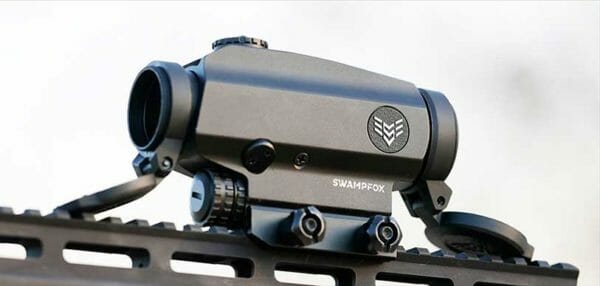
Prismatic scopes date back the furthest, being used with machine gunners and snipers around World War One. The unmagnified prismatic scopes are a far more recent phenomenon. These optics use Porro prisms similar to binoculars to bend the light path and create a focused sight picture within a relatively small volume. They are smaller than equivalent refractive straight-line scopes but can be surprisingly heavy. The major pluses of prismatic scopes are the clarity of the etched reticle and the ability to function without a battery, along with the option of using a complex BDC reticle. Reticle distortion from low-light astigmatism is not a problem, making these preferable for older users. Not all makers go with complex reticle designs: Vortex Spitfire uses a center dot with two concentric rings around it. Their emphasis is on rapid close-in performance.

While using almost the same optics, Primary Arms Cyclops employs a more sophisticated BDC reticle to enable range-finding and drop compensation to several hundred yards. Without magnification, the makers must find a balance between features and simplicity to avoid cluttering the field of view. Swampfox Blade, a new design with impressively sharp glass, tried to nail that perfect compromise with the emphasis still on CQB. While prism scopes have long eye relief, they are far more restricted than red dot and holographic sights. Battery life is also shorter since the LED illuminator has to light up black etched elements. White reticles were once tried by FN for their P90 sight and found lacking in contrast, so the trade-off between the contrast without illumination and adequate brightness for two-eye aiming remains. Typical battery life is similar to holographic sights thanks to using more efficient LEDs rather than lasers.
At this time, all three types of unmagnified sights have clear strengths and thus preferred niche uses. The good news is that there are more good options on the market than bad. So shooters can confidently go with a trusted company regardless of which optic they choose.
Primary Arms SLx Advanced Rotary Knob Microdot Red Dot Sight

EOTech XPS2-2 Holographic Weapon Sight
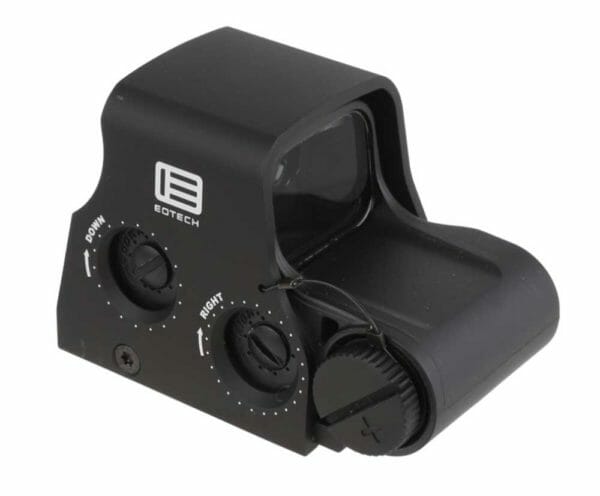
Primary Arms SLx Compact 1×20 Prism Scope – ACSS-Cyclops
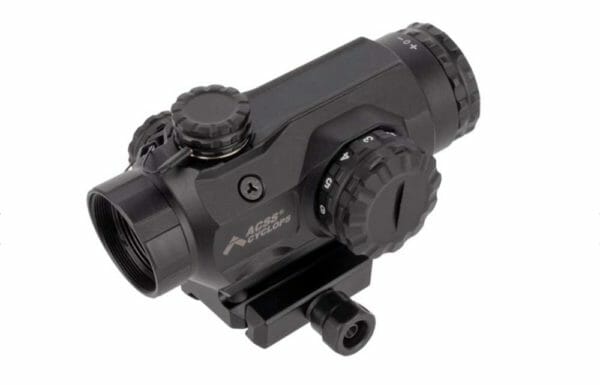
About Oleg Volk
Oleg Volk is a creative director working mainly in firearms advertising. A great fan of America and the right to bear arms, he uses his photography to support the right of every individual to self-determination and independence. To that end, he is also a big fan of firearms.

